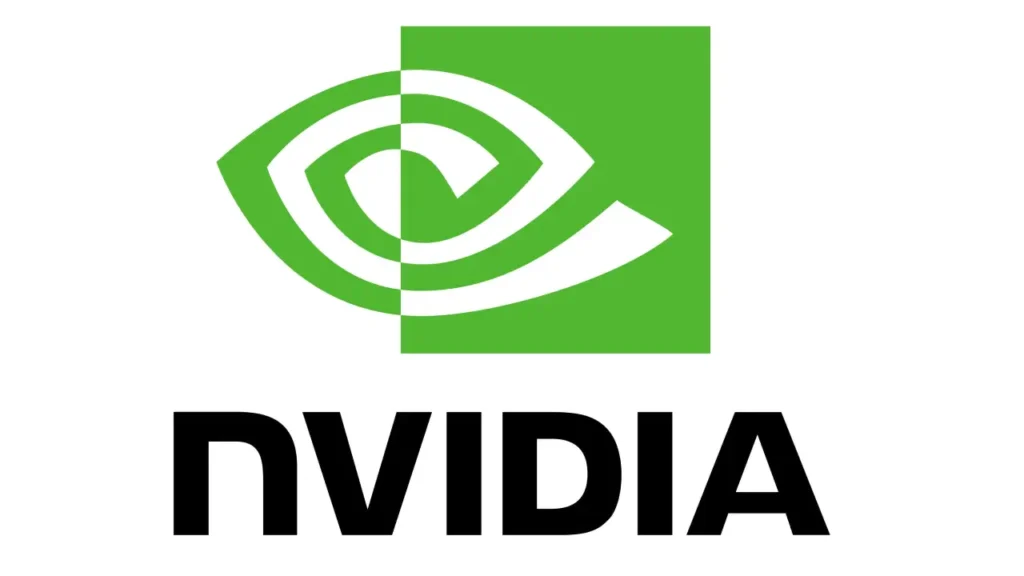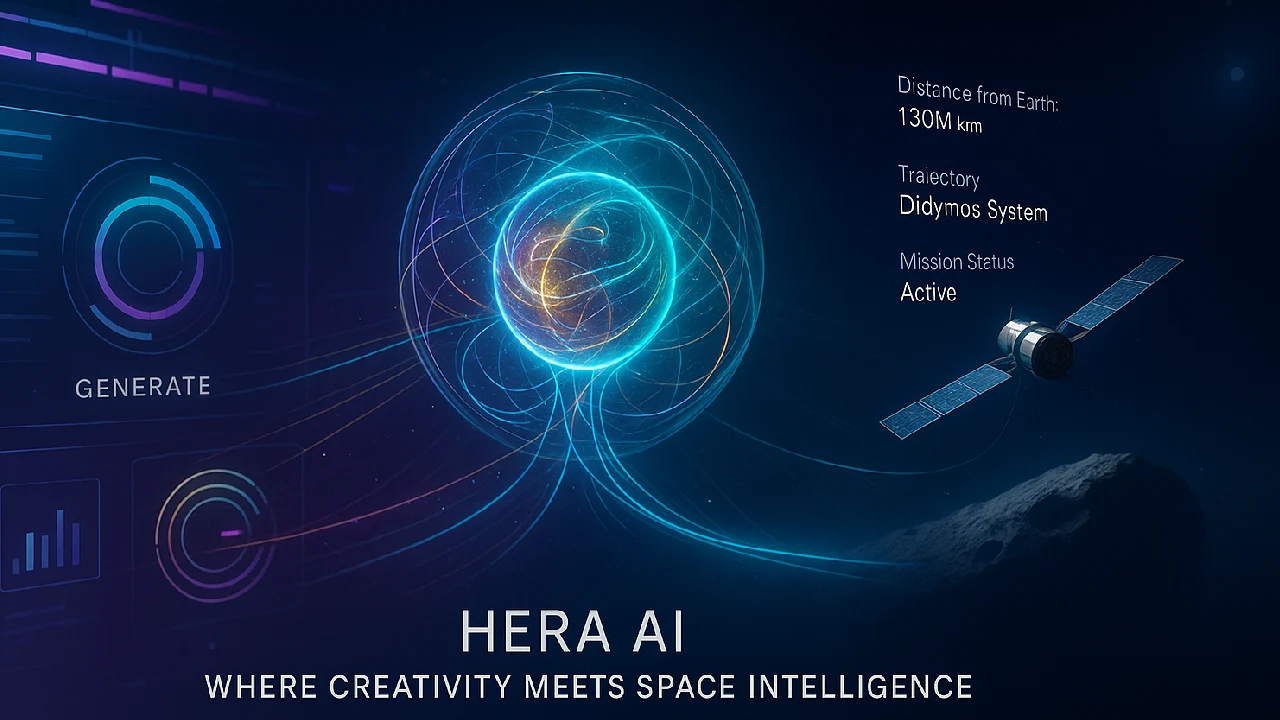A lot of developers and AI experts are talking about NVIDIA’s Blackwell Ultra. Blackwell Ultra NVIDIA GPUs are meant to provide enterprise-level intelligence, power, and flexibility into one very efficient package in a future where AI models keep becoming bigger and workloads keep getting harder.

What makes Blackwell Ultra chips different from regular Blackwell chips? And more significantly, is it worth looking at for AI training or inference in 2025? Let’s boil it down into simple words.
What is Blackwell Ultra NVIDIA and Why It Matters
Blackwell Ultra is an enhanced GPU based on NVIDIA‘s new Blackwell architecture, but it’s not just another improvement. It was made for huge AI jobs, generative models, and real-time business applications like LLM inference, recommendation systems, and high-fidelity simulations.
The Blackwell Ultra is faster than the regular Blackwell B200 GPU. It was built to handle the growing needs of multi-modal AI, deploying foundation models, and scaling from the edge to the cloud.
To sum up:
✅ It’s faster than Hopper
✅ More power-efficient
✅ And highly optimized for AI inference at scale
How Blackwell Ultra Works: Simple Breakdown
You could call Blackwell Ultra a supercharged AI engine.
Blackwell Ultra is like a space shuttle, constructed not merely for speed but also for intelligence at high altitudes.
Here’s how it works under the hood
- Uses second-gen transformer engines optimized for GenAI
- Packed with high-bandwidth memory (HBM3e) for large context windows
- Includes NVLink 5.0 for massive GPU-to-GPU bandwidth
- Designed to run massive AI models like GPT-5 and Stable Diffusion XL 2.0 in production
This GPU isn’t for playing games; it’s for thinking, predicting, summarizing, and making things.
Key Features and Benefits of Blackwell Ultra
✔️ 117 TFLOPs FP32 compute power – ideal for high-performance inference
✔️ Generative AI-ready – tuned for text, image, video, and code generation
✔️ Lower power consumption – improved energy-per-watt vs Hopper
✔️ Modular form factors – ideal for data centers and on-premises AI stacks
✔️ Built-in security – trusted execution environments for safe AI deployment
✔️ Up to 192 GB memory – perfect for running foundation models without batching
“With Blackwell Ultra, NVIDIA isn’t just scaling AI; it’s changing the way businesses build and use intelligence.”
Real World Use Cases of Blackwell Ultra NVIDIA
From startups to hyperscalers, here’s how teams are already testing Blackwell Ultra
- LLM inference servers powering multilingual chatbots at telecom companies
- Autonomous factories using it for real-time video analytics
- Medical imaging platforms deploying foundation models at edge locations
- Generative AI apps like text-to-3D using it for ultra-fast rendering
- AI-powered databases offloading query prediction to GPU cores
How Does It Compare: Blackwell Ultra vs Hopper and Others
| Feature | Blackwell Ultra | Hopper H100 | AMD Instinct MI400 |
|---|---|---|---|
| FP32 Compute | 117 TFLOPs | 60 TFLOPs | ~60 TFLOPs |
| AI Focus | Inference + GenAI | Training + GenAI | Mixed workloads |
| Memory Bandwidth | 5 TB/s (HBM3e) | 3.3 TB/s | 2.5 TB/s |
| NVLink | 5.0 (Ultra-fast) | 4.0 | Infinity Fabric |
| Power Efficiency | Better | Moderate | Improving |
| Availability | Q3 2025 (early) | Widely available | Launching Q4 2025 |
Blackwell Ultra is clearly faster, uses less memory, and uses less energy than LLMs or real-time GenAI in production.
AI and Server Trends Around Blackwell Ultra
Some trends that make Blackwell Ultra even more valuable in 2025
- Shift toward AI inference at scale (not just training)
- Explosion of video + 3D generation models needing more GPU memory
- Rise of modular GPU servers for enterprises
- Sustainable computing focus — more output per watt
- Multi-tenant AI hosting — safer, isolated runtime with trusted compute
Blackwell Ultra enables tech teams make AI work quicker, run bigger models, and cut expenses, all while keeping the business safe.
Conclusion
Blackwell Ultra NVIDIA is a big step ahead in the evolution of GPUs, not just in terms of sheer power but also in terms of how well they can adapt to AI. It’s a strong candidate for businesses and AI platforms in 2025 since it has special characteristics for inference, generative jobs, and memory-heavy workloads.
Would you use Blackwell Ultra in your data stack or workflow? Tell us







